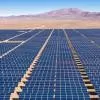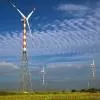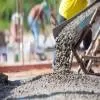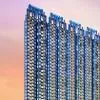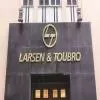Most trending green features a smart home can incorporate
Redefine the future of urban mobility! Join us at the Metro Rail Conference 2025 to explore groundbreaking ideas and insights. 👉 Register today!
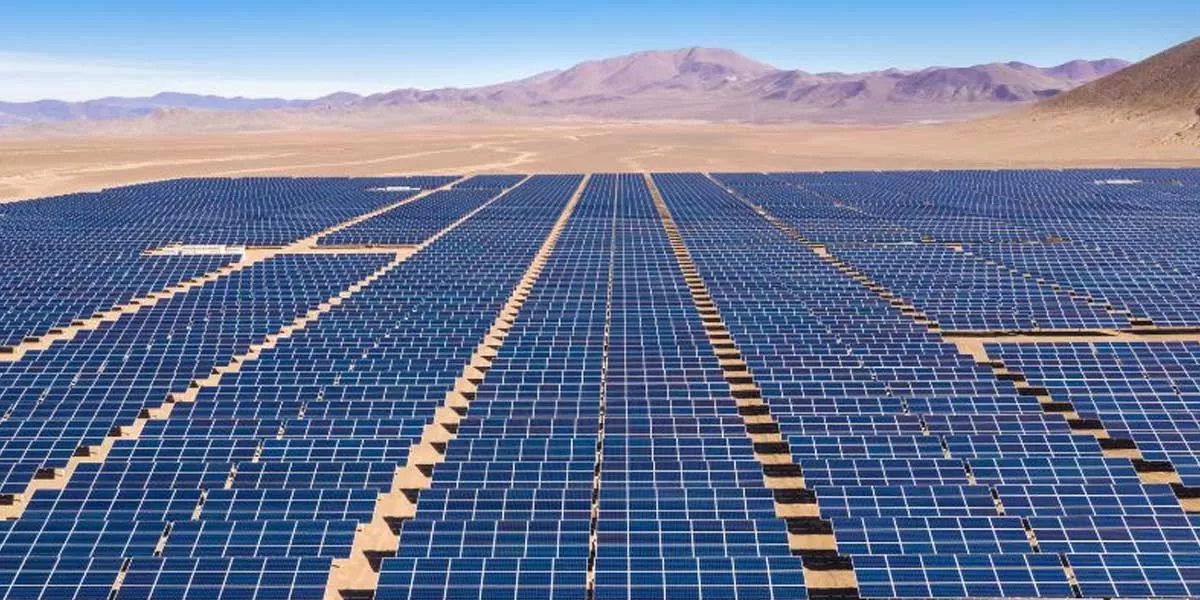
SECI Invites Bids for Singareni Collieries’ 10 MW Floating Solar Project
The Solar Energy Corporation of India (SECI), on behalf of Singareni Collieries Company (SCCL), has invited bids to develop a 10 MW floating solar project in Singareni Thermal Power Plant, Telangana. The last date to submit bids is January 23, 2025. Bids will be opened on the same day.The scope of work involves designing, engineering, procuring, constructing, testing, and commissioning the project. It also includes comprehensive operation and maintenance for ten years. Bidders must procure solar modules and cells through Class I local suppliers. The cells and modules must be manufactured in ..
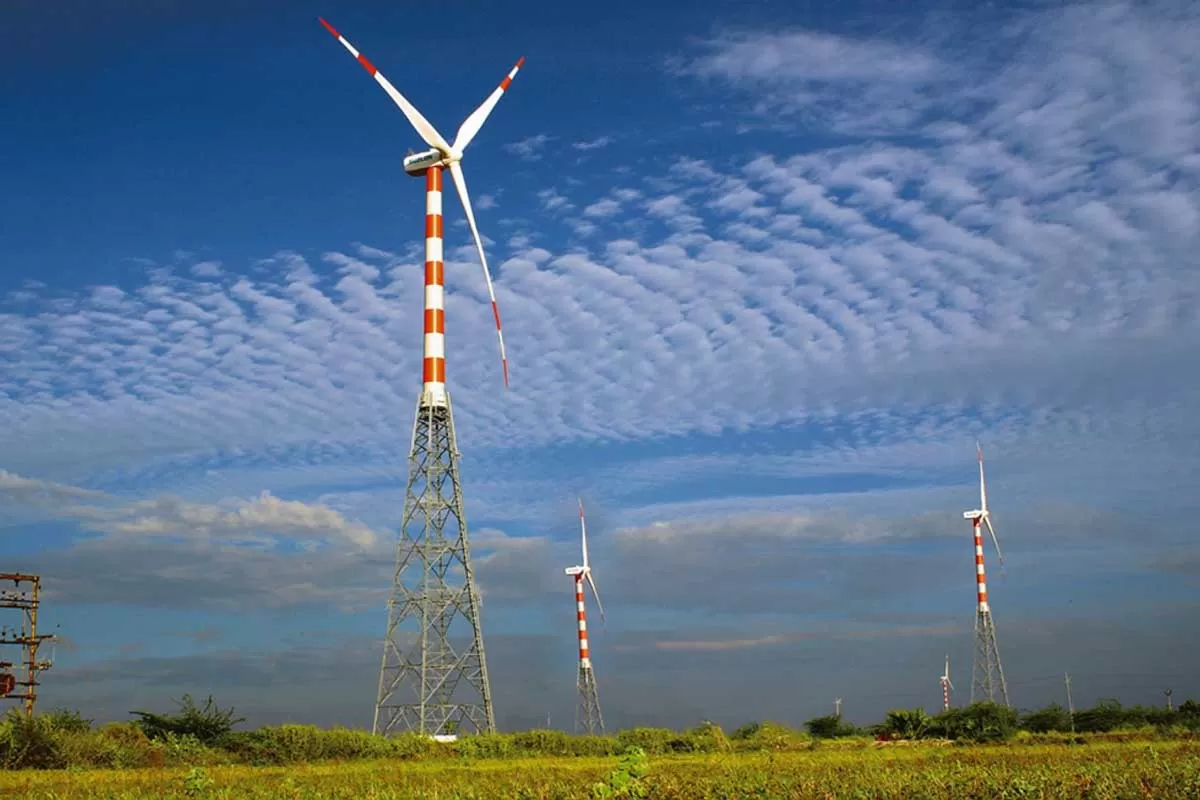
CESC Awards 150 MW Wind-Solar Hybrid Power Project to Purvah Green
Purvah Green Power, a subsidiary of Kolkata-based power utility Calcutta Electric Supply Corporation (CESC), has won a 150 MW interstate transmission system (ISTS)-connected wind-solar hybrid power project from CESC. The project comes with an additional 150 MW capacity under the greenshoe option. The project was awarded as per the guidelines for tariff-based competitive bidding for grid-connected wind-solar hybrid power projects issued by the Ministry of Power. Purvah will enter a 25-year power purchase agreement with CESC. As Purvah is a subsidiary of CESC, this project falls under the categ..
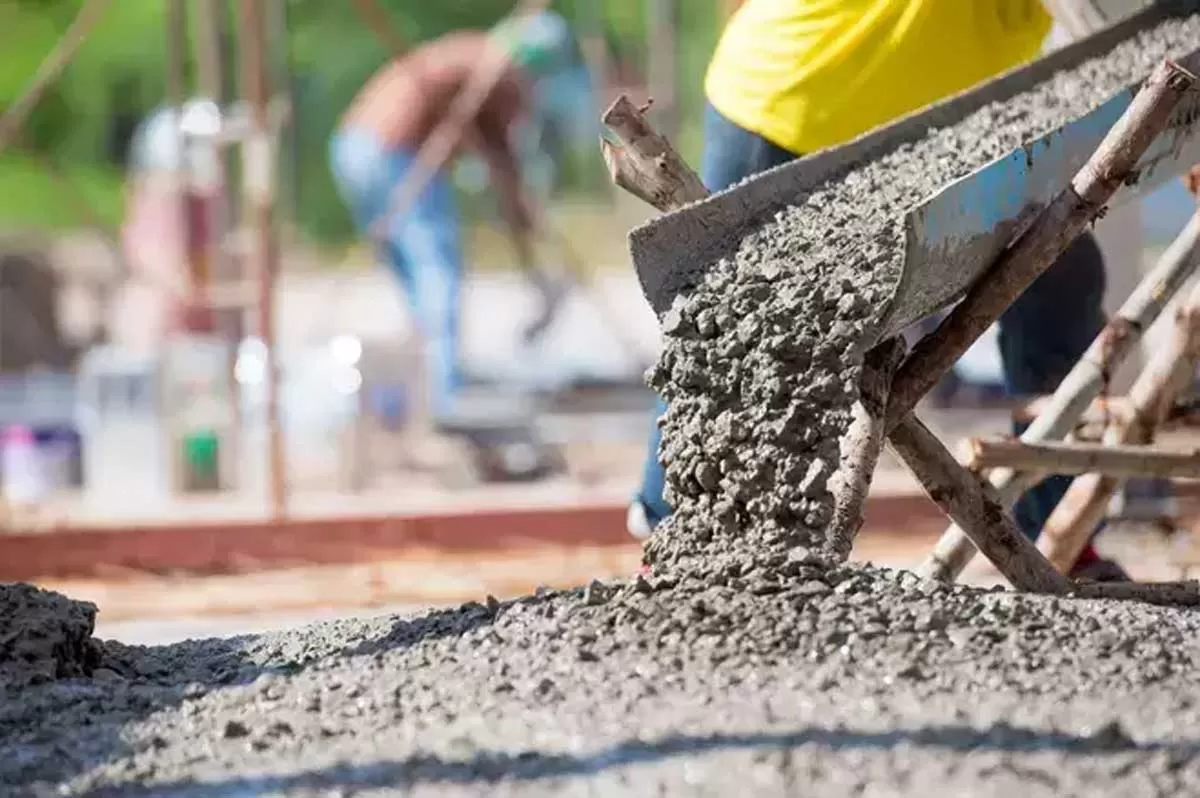
DPIIT partners with JK Cement to support Product Startups
A Memorandum of Understanding (MoU) has been signed between the Department for Promotion of Industry and Internal Trade (DPIIT), Ministry of Commerce & Industry and JK Cement, a leading manufacturer of grey and white Cement, to usher innovation, empower entrepreneurs, and strengthen India’s manufacturing ecosystem. According to DPIIT, this strategic collaboration aims to transform India into a global manufacturing hub by nurturing product startups, innovators, and entrepreneurs. The partnership will enable access to cutting-edge infrastructure, state-of-the-art manufacturing and..


